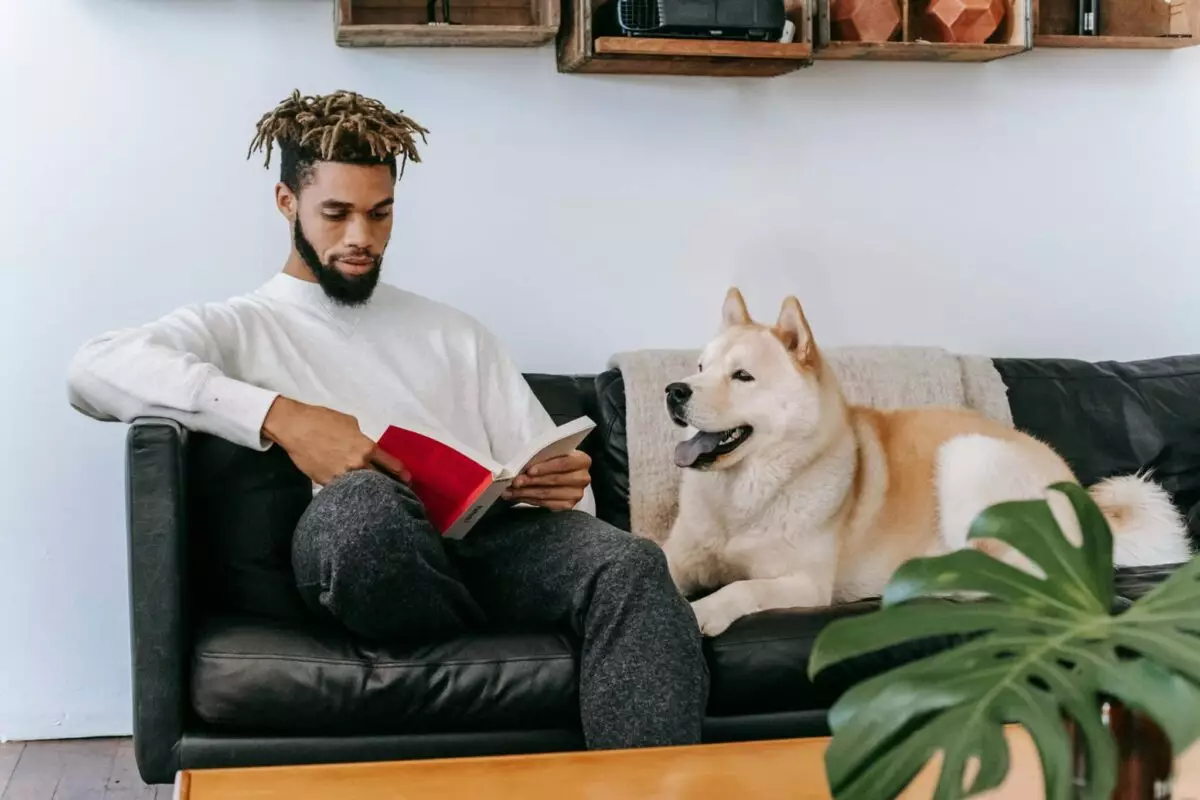Dogs are often heralded as our most loyal companions, but their ability to learn from human behavior is equally impressive. Through keen observation and adaptability, dogs integrate themselves into our lives, often anticipating our needs and emotions. This article delves into how dogs utilize their remarkable observational skills to become not just pets, but invaluable partners in our daily lives.
A Keen Eye for Routines
Dogs excel at picking up on human routines. They learn the rhythm of our lives, observing our daily activities, such as feeding times, walks, and even bedtime rituals. This ability allows them to anticipate future events. Have you ever noticed your dog perk up or pace with excitement before it’s time for walkies? This behavior goes beyond recognizing specific sounds; it stems from their keen observation of our actions. A simple gesture—like reaching for your shoes or glancing at the clock—can stir them into a frenzy of excitement. This anticipation is rooted in their capacity to understand cause and effect, demonstrating their attentiveness to our mundane rituals.
Reading Body Language Beyond Words
While dogs can learn verbal commands, their nuanced understanding of human body language is equally significant. They pay close attention to our hand movements and facial expressions, enabling them to comprehend commands in ways that go beyond spoken language. Many dogs will respond more effectively to a hand signal rather than a spoken command, illustrating their ability to decode non-verbal cues. This attentiveness fosters a deeper connection between dogs and their owners, enhancing communication. As a result, dogs are not only adhering to commands; they’re engaging in a dynamic interaction that strengthens the bond between pet and owner.
Dogs possess an impressive emotional intelligence that enables them to empathize with us. They can often detect changes in our moods based on subtle shifts in our posture, facial expressions, or tone of voice. Research suggests that dogs can differentiate between positive and negative emotional expressions, often responding accordingly. When a human appears distressed, many dogs instinctively approach to provide comfort, showcasing their knack for emotional support. This sensitivity confirms the deep bond formed between dogs and humans, demonstrating how dogs not only observe our actions but also understand our emotional states.
Dogs are inherently social animals, and part of their socialization involves mimicking behaviors they observe in humans. From greetings to playful interactions, dogs often try to replicate the actions they see. For example, a dog might jump excitedly to say hello or engage in playful antics when invited to play. This imitation of social behaviors not only helps dogs to integrate into our social circles but also offers them a sense of belonging. The rhythm of human social interactions is something they want to be a part of, reinforcing their connection to us.
Dogs are adept learners, particularly when it comes to household rules. They often figure out boundaries simply by observing their owners. For instance, if a dog sees its owner consistently removing shoes before entering the house, it will likely replicate that behavior. Similarly, dogs may learn to avoid certain areas of the home simply by observing their owners’ actions. This natural adaptation showcases the intelligence of dogs, as they often grasp the concept of “do’s and don’ts” without direct training or reprimands. Their tendency to conform to these social rules enhances harmony within the home.
Anticipating Departures
A striking ability dogs possess is their talent for sensing when someone is about to leave the house. Many dogs learn to recognize specific cues associated with human departures—whether it be the act of putting on shoes or grabbing keys. Depending on their temperament, some dogs may react excitedly, while others might display signs of anxiety. This understanding demonstrates their high sensitivity to the routines and habits of their owners, as well as their need to adapt to changes in the environment.
The Power of Positive Reinforcement
Dogs are responsive to rewards, often learning through the reinforcement of desirable behaviors simply by observing our reactions. When a dog notices that rolling over gets a laugh or a treat, they are likely to repeat that behavior, hoping for the same reward. This process of observational learning allows dogs to internalize what actions lead to positive outcomes, reinforcing their adaptability in meeting our expectations and deepening their relationship with us.
The ability of dogs to learn through observation reveals their complex intelligence and capacity for emotional connection. By understanding our routines, emotions, and social cues, they seamlessly integrate into our lives, providing companionship, loyalty, and support. The next time you catch your dog watching you intently, remember that they are more than just pets; they are perceptive learners and cherished partners in our journey through life. Their remarkable capacity to observe, adapt, and respond truly justifies their title as “man’s best friend.”

